If civilisation breaks down – say, in a pandemic or some other unlikely event – Claire Dunn would be a good person to know. For starters, she can construct a shelter from eucalypt saplings and wattle bark that’s strong enough to live in for a year. She can track animals through the bush, skin a fox for its pelt and conjure a meal from wild, foraged food that grows unnoticed in nature strips and neglected gardens all over the city.
So when I walk to meet her at a café on the banks of the Yarra, I’m half-expecting to be greeted by a female Bear Grylls, all hemp-clad, hale and hearty. Instead, the woman scanning the menu at the door is slightly built and softly spoken, with long dark hair and the faded black jeans of any north Melbourne local.
“I’m living a very urban life, with a lot of screen time,” she says wryly, as she sips an almond chai. “I’m definitely feeling a nature deficit right now.”
In her late 20s, when this ardent conservationist and author felt the call of the wild, she took off to spend a year living in the bush, without any creature comforts or even the means to light a fire – an experience she later wrote about in her best-selling memoir, My Year Without Matches.
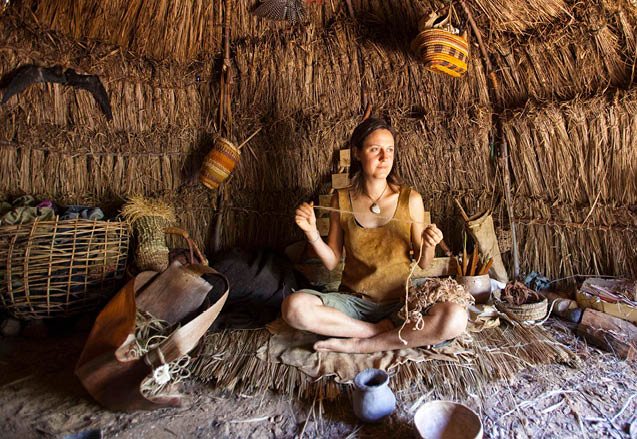

But with a partner, a business and home in a rambling share house on the banks of the river, the now 42-year-old Claire can’t head for the hills quite as easily. So she started to think about how she could find that deep connection with nature in the city, and this thinking grew into a challenge. She would embark on a process to “rewild the urban soul”, by exploring her urban surroundings on foot to discover the birds, animals, plants and trees living right outside her back door.
The result is her latest book, Rewilding The Urban Soul, part-memoir and part instruction manual on how to practice mindfulness in nature and find a real connection to the world around you.
Certainly, there seem to be plenty of us who are looking for a more grounded experience of the world. The last year and a half has seen an exodus from the city to the country, as working from home has made it easier to live in regional areas. Gardening and growing your own food has become a popular Gen Z pastime, with celebrity gardeners driving the trend.
“There has been a spike in the number of people contacting me in the last six months or so, who’ve had time to reassess their life in the lockdowns of the last year, and want to explore how to live a life that’s more connected to nature,” says Claire. “I think this interest will last, because the ecological crisis and the climate crisis are only going to make themselves more visible, and we can’t buffer ourselves for much longer from their effects.”
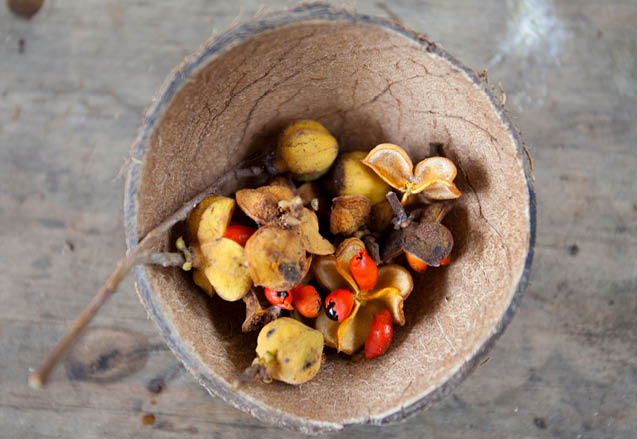

The benefits of connecting with nature are manifold, from lowering stress levels and blood pressure, to improving mood and increasing self-esteem. “Being in nature for a year gave me a sense of competency and helped me slow down, and reorient my sense of self worth,” says Claire.
There’s also a greater goal, she says. By connecting with the nature around us every day, we’ll care more deeply about larger environmental issues. And through gaining more knowledge about our local environment, maybe planting a few herbs and vegetables, or simply learning the names of the birds that fly past our windows each day, we’re more likely to feel compelled to play our part in living more sustainably.
So how exactly, then, do we rewild our urban souls?
Find a sit spot
This is the most efficient way start, says Claire. “A sit spot is a place, perhaps in a garden or a local park, where you can sit quietly and soak in the different, changing patterns of the landscape. The most important thing is that it has a wildish quality, with the sense that you’re not in the human gaze all the time. And it needs to be close enough to your home that you’ll visit it once or twice a week.
“It’s an incredibly powerful practice if you go there, week after week, and get to know the seasons and natural cycles of the area. There’s something about that silent, still attention and attunement that’s like a dynamic meditation, and it can give you a real sense of belonging. Try to identify five honeyeaters or five main bird species, and observe how they move through the space. Be curious, watch and listen.”
Start wandering
“Most of our walks involve going from A to B, but the art of wandering is very powerful. Just heading out into your neighbourhood without any sense of destination or timeline, and following your intuition, opens up your senses to the world. Maybe you feel like sitting in the middle of a tree, or wading through a creek barefoot, or investigating a fungus you’ve never seen before? Having a childlike curiosity fuels ecological literacy. The key is to leave your phone at home.”
Plant some food
“There’s a couple at the end of my street who’ve been growing food in the garden for 30 years – it’s like a slice of Nimbin in there. You might not have the space, time or inclination for that level of horticulture, but growing a few herbs or planting carrots is very connective. So is learning a bit of basic foraging. Being able to identify, say, five wild edibles is also great. They’re free, nutritious and they’re in your backyard or park. Something really switches on for people when they realise they can identify this abundant food right under their nose.”
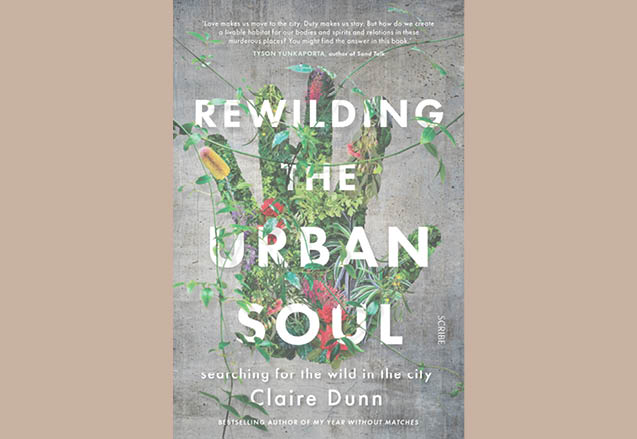

Rewilding the Urban Soul: Searching for the Wild in the City by Claire Dunn (Scribe) is out this week, Tuesday June 1




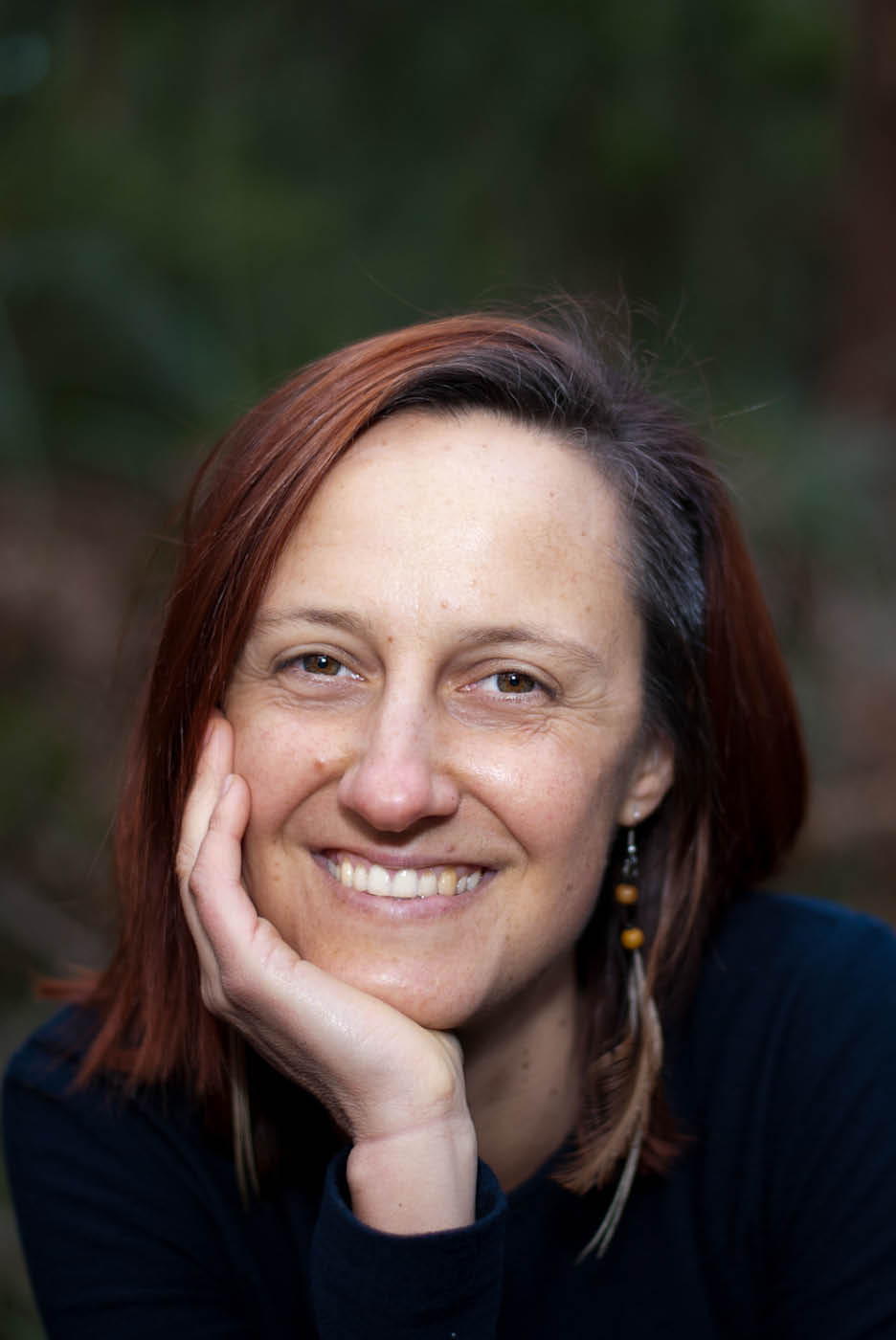



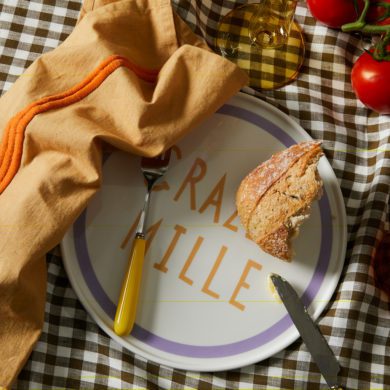
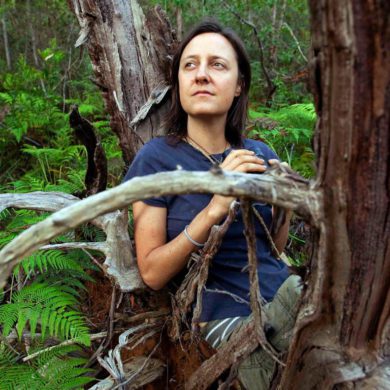

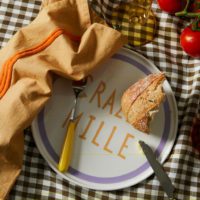
No Comments